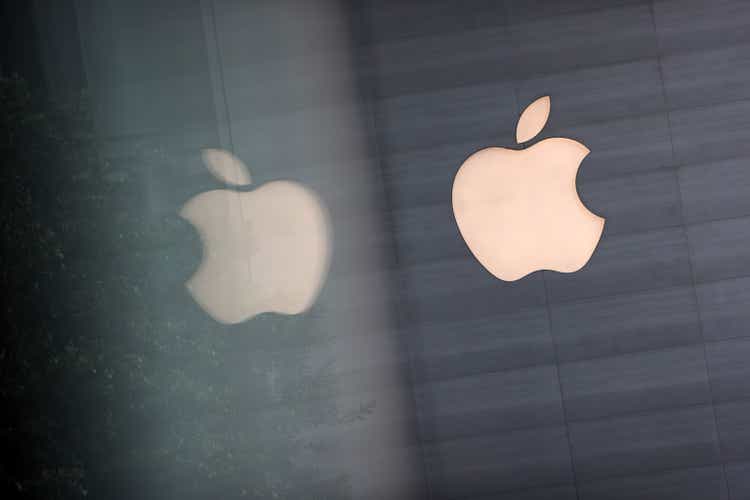Computers are one of the most important tools we have nowadays, and they run on an operating system that is meant to keep them functioning and updated in order to protect the information within them. But computers do not last forever, and the companies that make the operating systems, like Microsoft, which makes the Windows system sometimes stop giving support to some older devices in order to better focus their resources for the newer models.
This can often fall into the planned obsolescence realm. Also called built-in obsolescence or premature obsolescence, planned obsolescence is the concept of companies planning or designing a product with an artificially limited useful life or a purposely frail design, so that it becomes obsolete after a certain predetermined period of time. However, some believe that this is a reasonable standard to set for things like tech that holds personal information since new apps and programs cannot be programmed to work for every single device ever created, and that planned obsolescence outrage should be reserved for things like toasters or other appliances.
The Microsoft Windows operating system that is going out
Windows has been operating since 1985, and they are now, 40 years later, exploring a different way of creating operating systems that will better serve their users. Part of this is to stop giving service to the Windows 10 operating system. This does not mean that computers will stop working, but there will be no more security updates and no more support from the company, which will leave computers vulnerable.
But this time around, Google is stepping in to save the day, and they have created their own operating system that can be installed into old Windows 10 devices that will save these from being left without security or new features.
Installing this new ChromeOS Flex will only requires a USB drive and “a little enthusiasm” according to Google, which means that almost anyone will be able to do it and will be a more sustainable alternative to just throwing away your device. Unlike some operating systems, this ChromeOS Flex can be installed on both Windows and Macs, improving their performance with “boot times of just six seconds and additional automatic updates.”
The best thing about this new operating system is that it can run on a broad selection of hardware released over the past ten years, but it still does not mean that it will work on any device. Some models have received official approval from both Google and their companies, and while the full list is available through Google’s website, some of the biggest manufacturers include ASUS, Acer, HP, Dell, Lenovo, Samsung, LG, Microsoft, VAIO, and Zotac.
You should check if your device is on the list before attempting to install the new operating system, but general requirements include a 64-bit Intel or AMD processor, a minimum of 4 GB RAM, 16 GB of available storage, USB connectivity, and unrestricted BIOS access. Devices must also be from 2010 or later. In order to begin the installation you will need to have an empty USB drive with at least 8 GB of space, which will act as the bootable installer.
For the process to work better, Google advises using a USB separate from the device intended for installation, and the setup should be familiar for anyone that has installed an operating system before. First the installer must be created with the Chromebook Recovery Utility, then the device is booted from the USB, followed by the final configuration of the system. While you could try this process on a device that is not one the list, the experience is not guaranteed to be a good one and using unsupported hardware may result in problems and an unreliable user experience.









 English (US) ·
English (US) ·